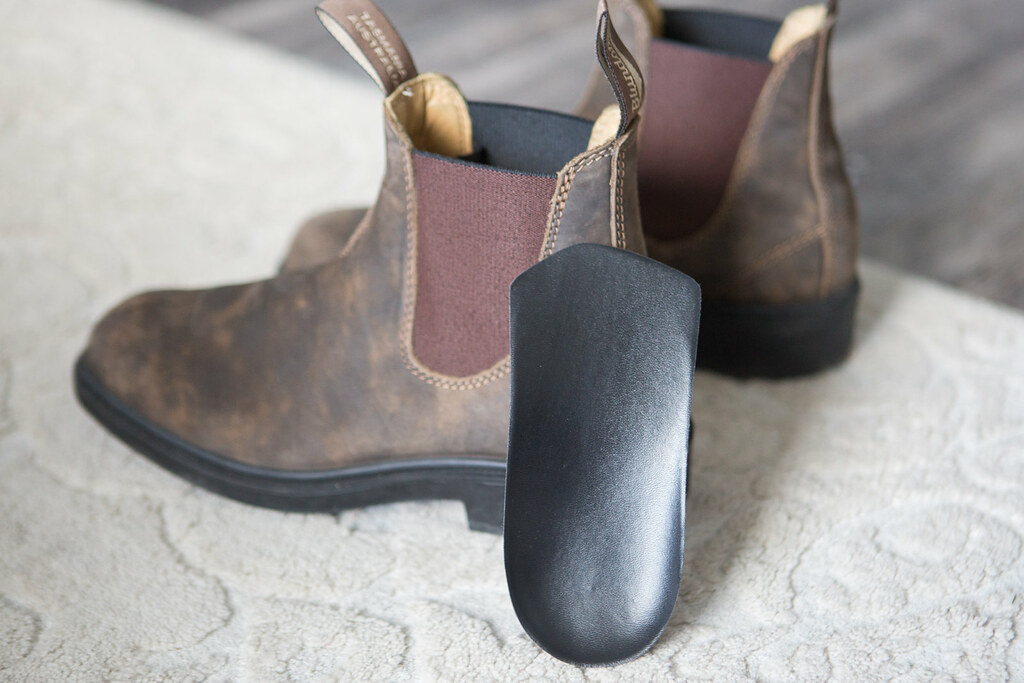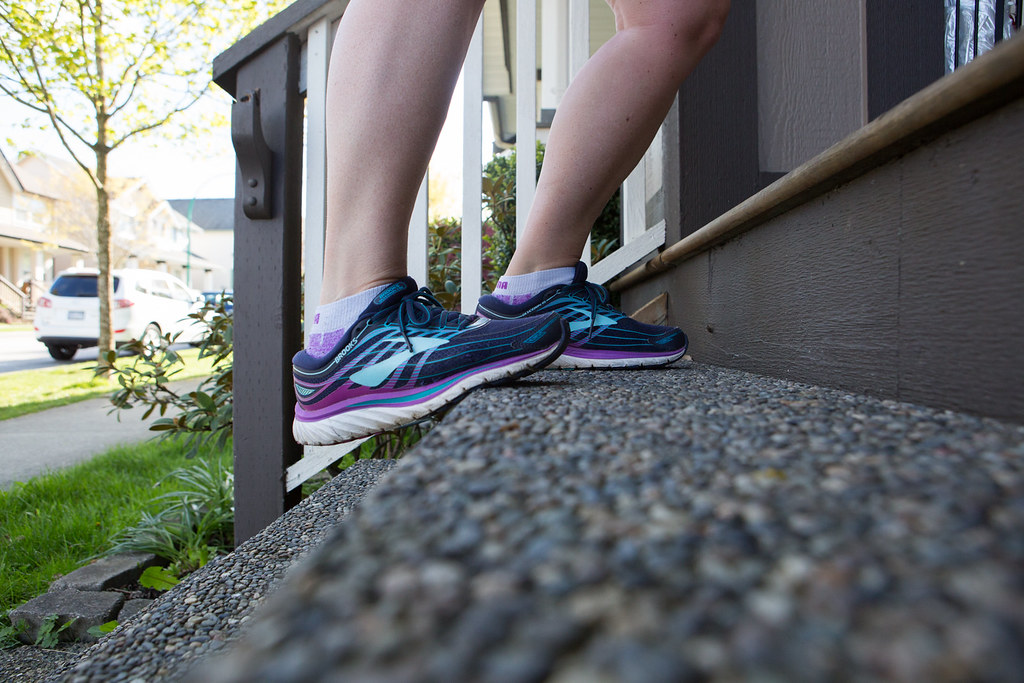When it got to the point where I didn't feel better each morning I started looking into what it could be and realized this was Plantar Fasciitis. I went to massage, physiotherapy and finally a podiatrist.
*I am not a doctor so please go and see a professional if you are concerned.*
This is what I found worked best for treating Plantar Fasciitis:
 |
| Image from: https://www.alwaysfysio.nl/en/plantar-fasciitis-exercises/ |
1. Custom orthotics. Seeing a podiatrist was the single best decision. He had a new pair of custom orthotics made for me. I had two other pairs that I had used over the years but needed a new one for my work shoes. This is a pricey investment and thankfully I have $500 coverage for orthotics every two years with our extended health.
2. Exoform Dorsal Night Splint. Yes, wearing this $90 boot at night is not comfortable but it definitely helped to make the pain in the morning lessen. I had tried a Strassburg sock first but the boot was better for the angle of your foot that is recommended and required. This was purchased with extended health as well with a doctor's note (my podiatrist note was not enough).
3. Stretching. Calf stretches are key! Stand on the edge of the stairs and stretch both feet/calves several times a day. Also putting your foot up against a wall at and angle and leaning into it is another good one.
4. Icing. Your fascia is inflamed and should be iced especially after activity.
5. Rest. I was able to ride a bike and walk but as for actual running, I had to wait two months. Low impact on my foot was key.
6. Anti-Inflammatories. I was prescribed medication from my podiatrist which helped immensely. Talk to your doctor about what would work best for you.
7. Time. Overall it took me a longer time than most (4 months!) which I believe is in part because I have flat feet and I let it go too far as I didn't recognize what it was.
8. Supportive shoes. I have always invested a solid amount of money into my footwear with practicality reigning over fashion. Well, except when I was in primary school and we wore completely unsupportive jelly shoes and Keds. This means I also wear Birkenstocks or even runners with orthotics INSIDE the house.
If you are struggling with a sore foot, I'd encourage you to get it checked out sooner than later. The doctor will be able to tell you if it is Plantar Fasciitis. My one regret is that I did not deal with it as soon as I noticed it. Getting older is tough sometimes and making our health a priority is important.
Have a wonderful day and hopefully you can get out for a nice walk!
Love,
Louise
.jpg)





No comments:
Post a Comment